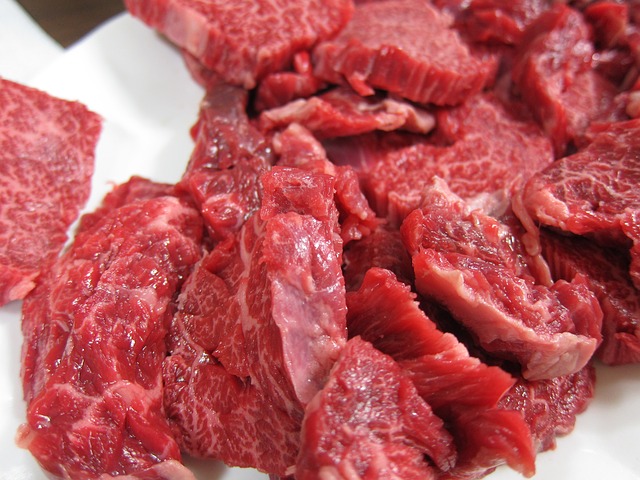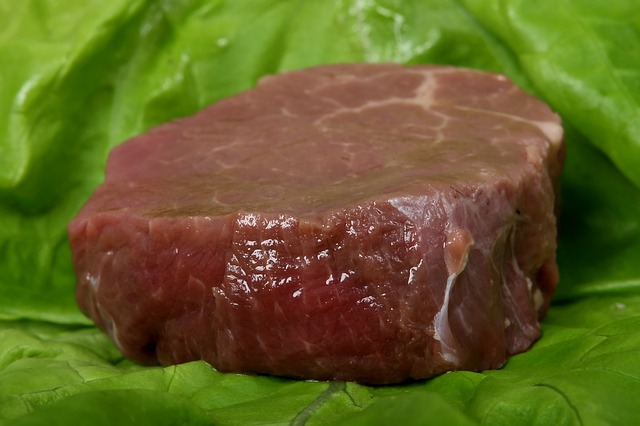Share the post "Helpful Tips on Buying Meat"
Meat plays an important role in at least one of our daily meals. It is a good source of protein, which is vital for a healthy diet. It also has a very high mineral content including body essentials like magnesium, zinc and iron. In fact, most of us surely do not forget to include it on our shopping list.
Let’s find out how to purchase good meat and the most healthful cuts we can find at the market. We need to be extra careful and wise when shopping for meat and poultry since this can really boost the nutrition of our meals. Here are some reliable guidelines on purchasing meat.
Quality
The lean must be free of bruises, blood clots, bloody tissue and blood discoloration. Avoid dark or discolored cut surfaces and naturally exposed lean surfaces, and fat. This condition may be due to dehydration, aging, or microbial oxidation.
Be cautious of “enhanced” poultry, which has been injected with saltwater to look plump. There are no means to wash off the salt as it has been mechanically imposed into the flesh. Salt-injected poultry may still be mistaken as natural so it’s important to always check the labels.
Color and Smell
Color can vary depending on their cut or which animal it’s coming from. Fresh meat should have a rich, vibrant, eye-catching color. Consistency in color is usually a gauge of quality since discolored spots can be a sign of poor handling.
Also, check for a foul smell. Odor changes when bacteria break down the meat. The putridity of the smell will escalate with the level of spoilage.
However, changes in color and odors associated with vacuum-packaged meat in excellent condition shall be acceptable.
Handling
The meat must be preserved in excellent condition through processing, storage, and transit. Meat and poultry products should feel cold when touched. Don’t buy products that feel warm, as this implies that the product has not been well stored at the proper temperature. Also, select packages that are tightly wrapped and show no signs of tears or punctures. Be sure they do not contain excessive liquid, which can be an indication of temperature abuse or excessive storage. For vacuum-packed products, make sure the seal has not been broken and that the package is not leaking.
Choosing Lean Meats
In general, the leanest cuts have loin or round in their labels. Look for “round” or “loin” in the name of cuts of beef, pork or lamb, i.e., top round, bottom round, top sirloin, tenderloin, etc.
Other meats that are generally lean include buffalo, venison, emu, ostrich and goat. With poultry, the breast meat is leanest.
When in doubt, purchase meat and poultry products before or on the sell-by date. If you have bought it on or within a couple of days of the sell-by date, cook or freeze the meat right away.
To keep meat safe from potentially harmful bacteria, refrigerate or freeze it as soon as you get home. If it takes longer than thirty minutes to get the products refrigerated, keep them cold in a portable cooler. It is essential that we take steps to maintain food safety all the way to the table. Also, planning your well could also help you ensure that you can immediately handle your meats well.
Share the post "Helpful Tips on Buying Meat"









 EN
EN  RU
RU